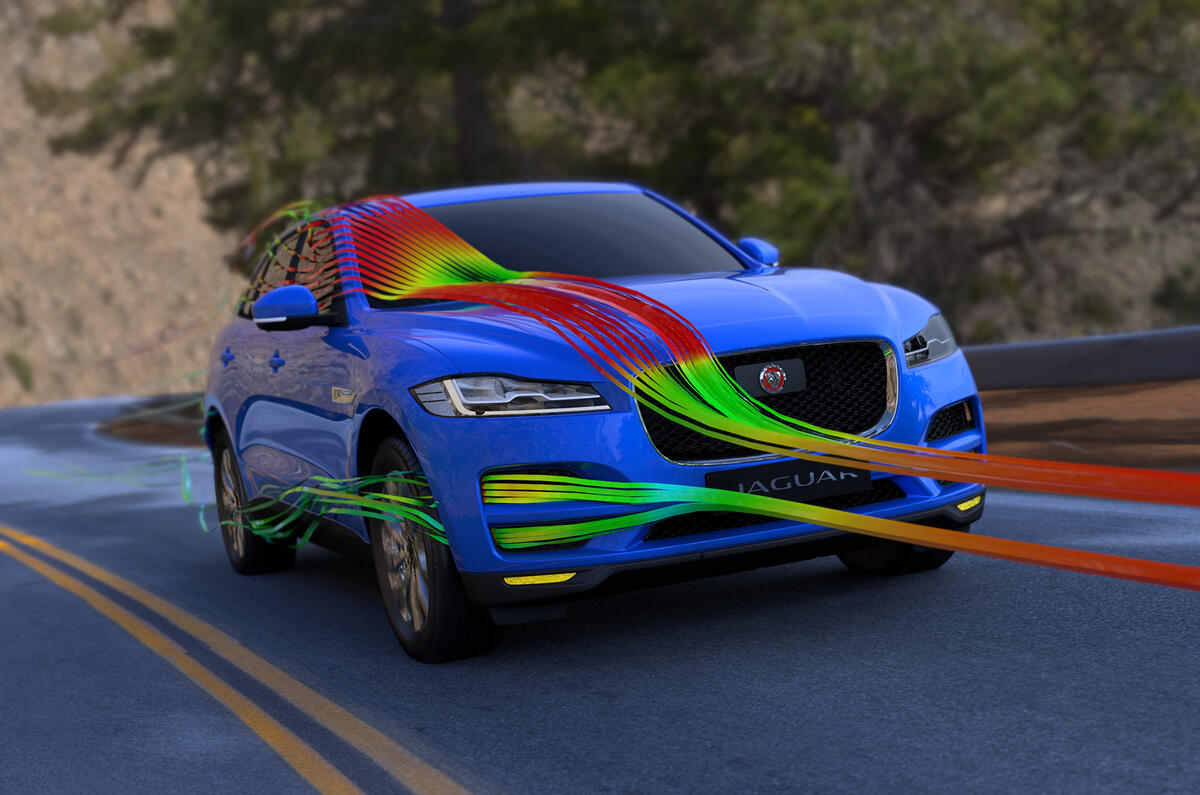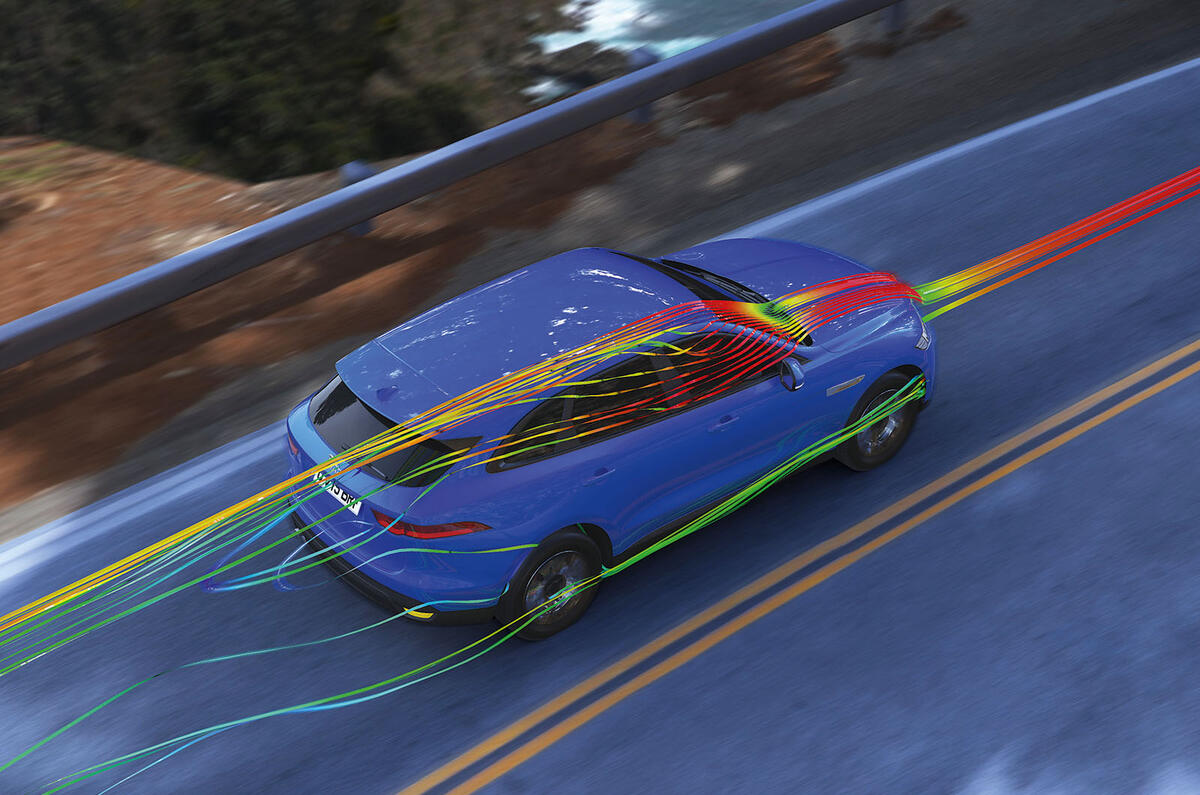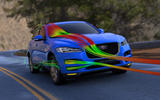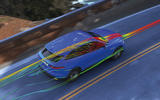Manufacturers are moving away from wind tunnel testing and opting to use virtual simulation techniques instead in their quest to reduce aerodynamic drag.
By switching to computer simulations, engineers can model a car’s aerodynamics without even building one.
Virtual simulation techniques are not only quicker and less costly than using a wind tunnel but also yield better results.
One company, Exa, produces a software package called Powerflow that has now been adopted by many leading car makers, including Tesla, Jaguar Land Rover, BMW, Ford and Volkswagen. The package was used on Jaguar’s most aerodynamic production cars to date, the Jaguar XE and Jaguar XF, as well as the Jaguar F-Pace.
The XE was the first Jaguar whose aerodynamics were modelled entirely in a virtual environment, a feat involving 1200 computer simulations.
Tesla is also using Exa’s software. Tesla CEO Elon Musk has set a low drag coefficient target of 0.21 for the Model 3, due next year. This undercuts rivals such as the MercedesBenz C-Class (0.24), BMW 3 Series (0.27) and XE (0.26).
The ultimate goal of the industry is to cut out the building of physical prototypes altogether and go straight from virtual modelling inside a computer to a final, physical production vehicle.
One of the main advantages is that the software can immediately highlight where the aerodynamic shortfalls are in a design, whereas poor wind tunnel results can leave engineers scratching their heads as to the exact cause.
An Exa spokesman said: “The use of this technology gives a more accurate analysis of performance in real-world conditions and provides actionable feedback on how to improve the design, something not possible with traditional testing methods.”
Exa claims Powerflow’s simulations are accurate to an equivalent of Cd=0.001. By comparison, traditional wind tunnel tests get to within only Cd=0.003.
So the difference between the virtual method and the wind tunnel method is equivalent to a 5% difference in fuel consumption.
Exa also says there can be a 10% difference between wind tunnel and real-world test results. A virtual environment allows manufacturers to develop sophisticated aerodynamic elements more quickly.
Typical examples are air curtains, active shutters to open dragcreating cooling apertures only when necessary, aerodynamic tabs to cut noise and drag and lift-reducing underbody profiles. The battle is now on to get below the tantalising figure of Cd=0.2 for mainstream production cars.








Join the debate
Add your comment
Optional drag
1996 Production Car with Sub 0.20 Cd